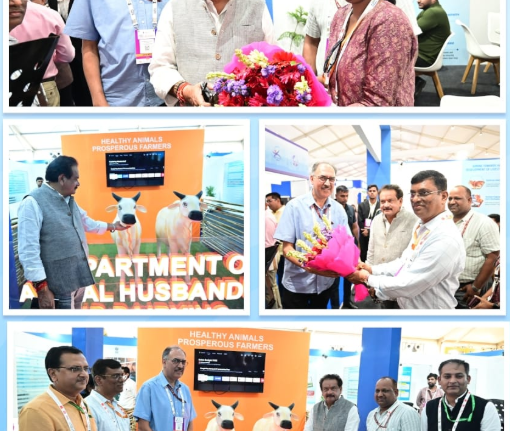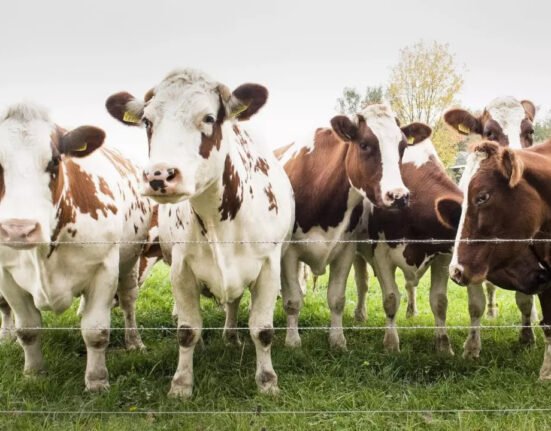The recently announced US-European Union Framework on Reciprocal, Fair, and Balanced Trade marks a critical shift in how major dairy-exporting economies may define and enforce future trade norms. While the joint statement is broad in language, its underlying tone suggests a calibrated regulatory convergence, particularly in high-stakes sectors such as agriculture and dairy, both of which are areas of long-standing tension.
For the global dairy trade, this is not merely a bilateral understanding — it’s the beginning of a new regulatory consensus, potentially shaping standards, traceability mandates, and tariff architectures that could marginalise markets not aligned with such frameworks.
🔍 What the US-EU Pact Really Signals for Dairy
Historically, the US and EU have diverged significantly on dairy standards: the EU bans the use of hormones and certain antibiotics, while the US has long defended their use. Disputes over labelling, geographical indicators (GIs), and animal welfare have also created persistent friction. However, this framework appears to be ironing out those differences in favour of mutual market access, based on science-driven yet harmonised standards.
If this alignment solidifies, it could set new global norms for dairy trade that:
- Reduce technical barriers between US and EU firms
- Create an exclusive regulatory “c”ub”
- Accelerate tariff reductions and open up new sub-markets (e.g., lactose-free, organic, whey derivatives)
This creates a model of reciprocity by similarity, where nations outside this framework — such as India — could face regulatory exclusion or be pressured into trade-offs that compromise local dairy ecosystems.
🇮🇳 In India’s position: Strategic Distance or Silent Exposure?
India has, so far, managed to keep dairy out of FTAs, including those with the US, EU, and RCEP, citing legitimate concerns over price shocks, import flooding, and the fragile state of smallholder-driven dairy farming.
However, as the global trade environment evolves into an alignment-based access model, India’s refusal to engage may no longer offer automatic insulation. What was once a tariff battle is now becoming a battle over definitions — food safety, carbon footprint, feed traceability, and animal welfare.
These standards, if adopted multilaterally or embedded into WTO reform, could redefine dairy competitiveness — not by price alone, but by compliance.
🧬 In India’s Risks and Observations
| Area of Exposure | Why It Matters |
|---|---|
| Regulatory Divergence | India lacks harmonisation with US-EU-style feed, residue, and traceability norms |
| Subsidy Limitations | India cannot match the direct farm subsidies seen in the West |
| Smallholder Model | 80%+ of India’s silk comes from farms with 1–3 animals |
| Market Asymmetry | Opening to global players could displace regional cooperatives |
| Export Ambitions | High-value export categories (organic, ghee, paneer) may face hidden barriers if norms shift |
📢 Expert Take: Prashant Tripathi on Strategic Caution
“This US-EU pact is not just a trade deal — it’s the architecture of a future dairy trade regime. India must be vigilant. If we walk into FTAs without shaping the rulebook, we risk aligning with standards that weren’t designed for us.”
— Prashant Tripathi, Senior Trade & Policy Analyst, Dairy Dimension
📈 What India Should Proactively Do
- Push for pluralistic dairy trade norms at global forums (WTO, Codex) that take into account the realities of developing countries.
- Accelerate investments in quality infrastructure, especially in traceability, disease control, and export certification.
- Promote value-added exports in categories with cultural uniqueness (ghee, indigenous cheese, probiotic dahi)
- Engage with domestic cooperatives and FPOs to scale up readiness for international trade. India’s economy is distributed and milk-based, but that also makes it vulnerable to compliance-led exclusion if global trade norms become rigid and Western-centric.







